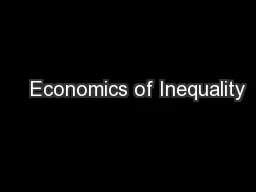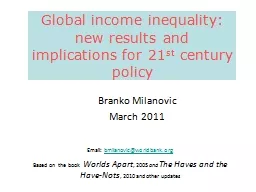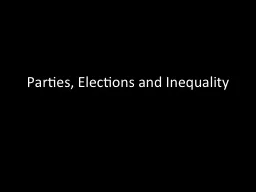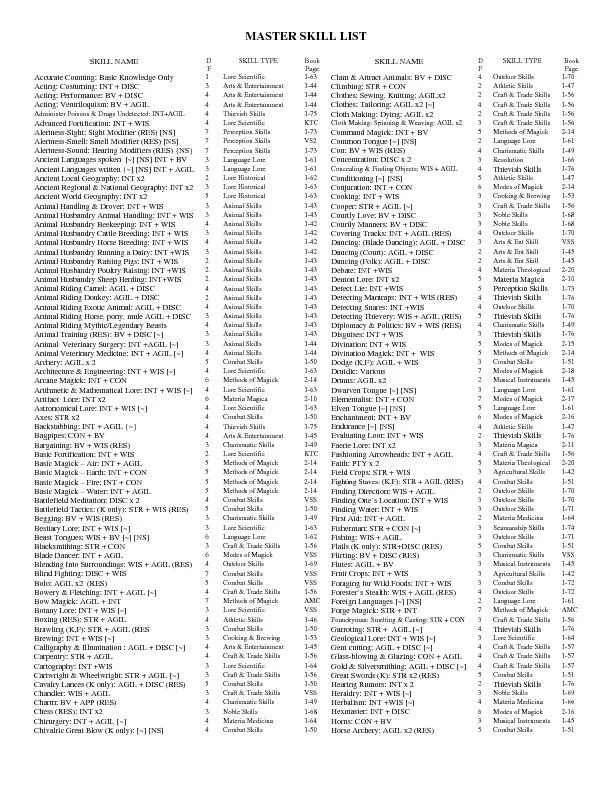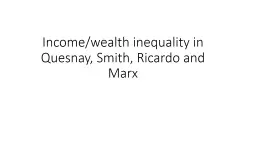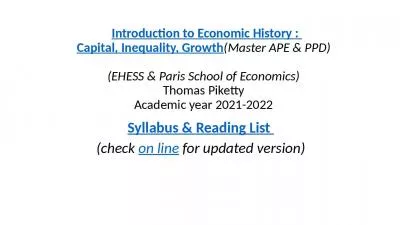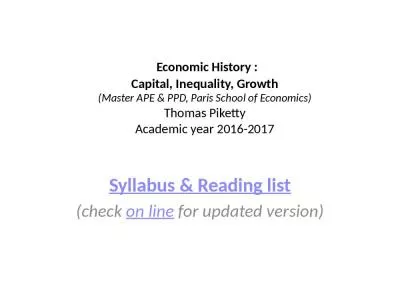PPT-Public Capital Skill-Complementarity and Inequality
Author : liane-varnes | Published Date : 2018-11-08
Christopher Clarke Raymond Batina Washington State University May 2017 Public Capital Highways Ports Roads Waterworks Utilities Communications SkillComplementarity
Presentation Embed Code
Download Presentation
Download Presentation The PPT/PDF document "Public Capital Skill-Complementarity and..." is the property of its rightful owner. Permission is granted to download and print the materials on this website for personal, non-commercial use only, and to display it on your personal computer provided you do not modify the materials and that you retain all copyright notices contained in the materials. By downloading content from our website, you accept the terms of this agreement.
Public Capital Skill-Complementarity and Inequality: Transcript
Download Rules Of Document
"Public Capital Skill-Complementarity and Inequality"The content belongs to its owner. You may download and print it for personal use, without modification, and keep all copyright notices. By downloading, you agree to these terms.
Related Documents


